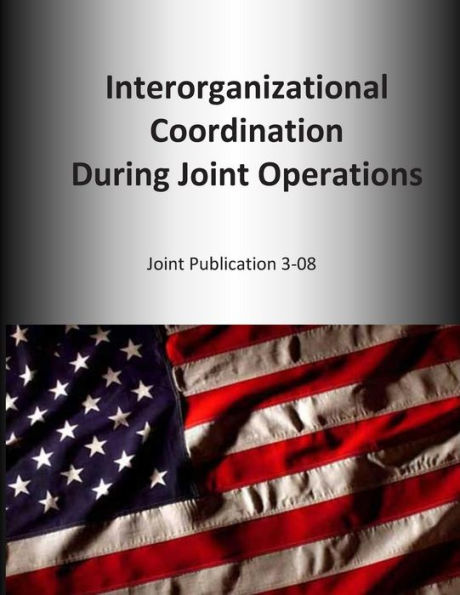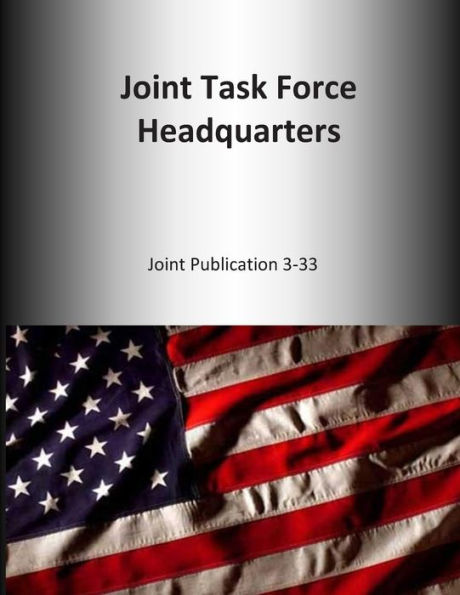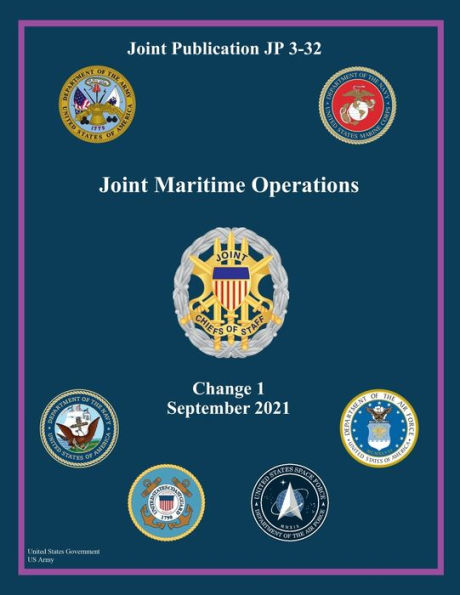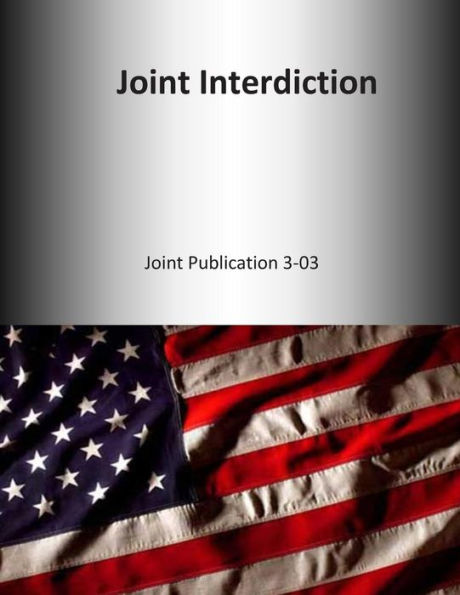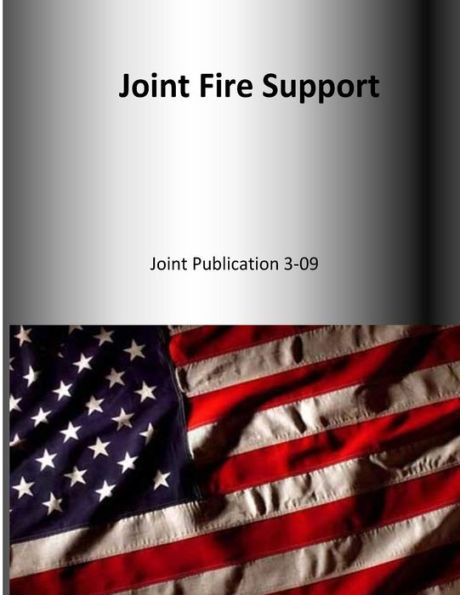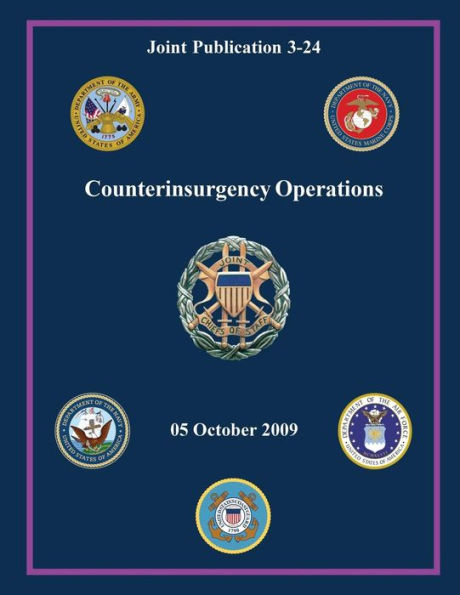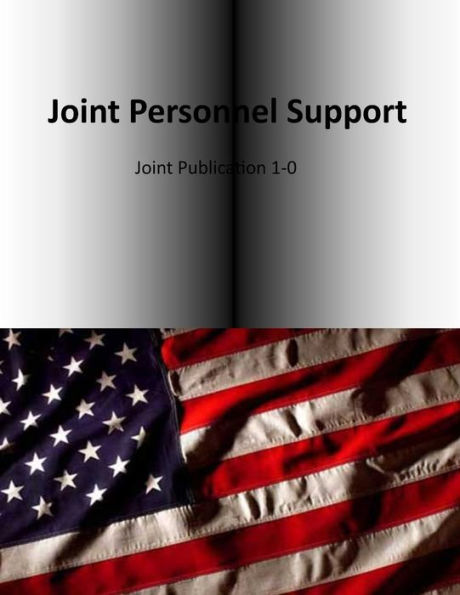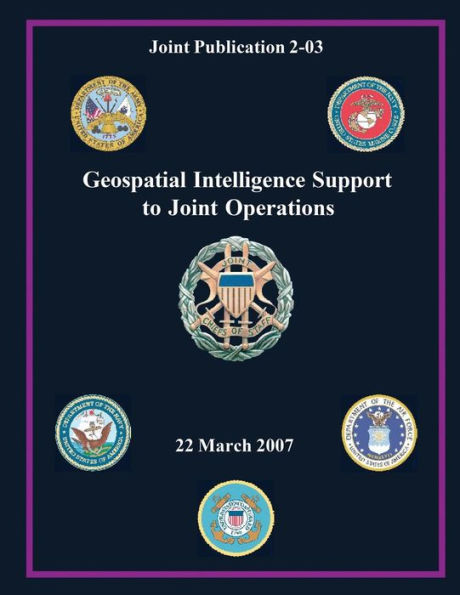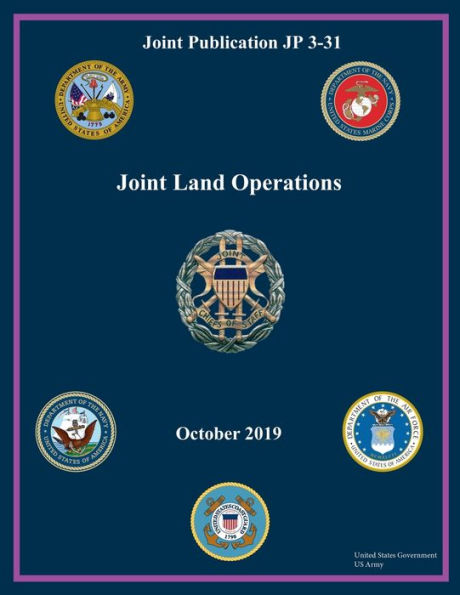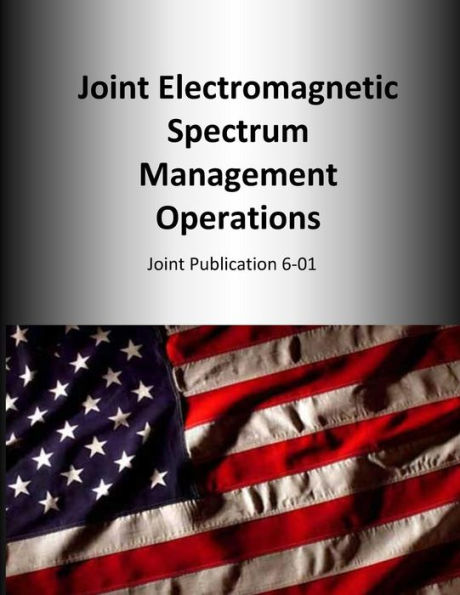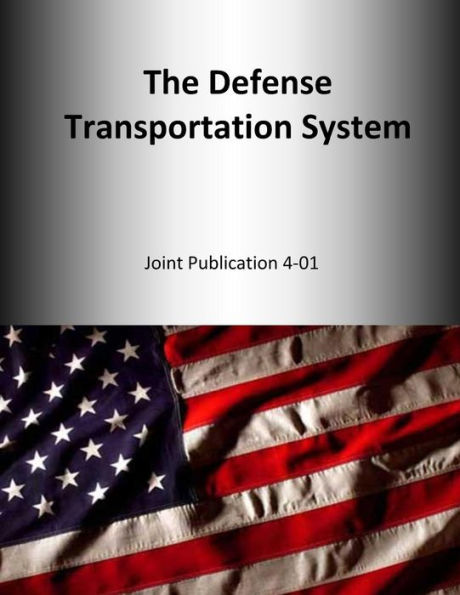Home
Command and Control for Joint Maritime Operations: Joint Publication 3-32


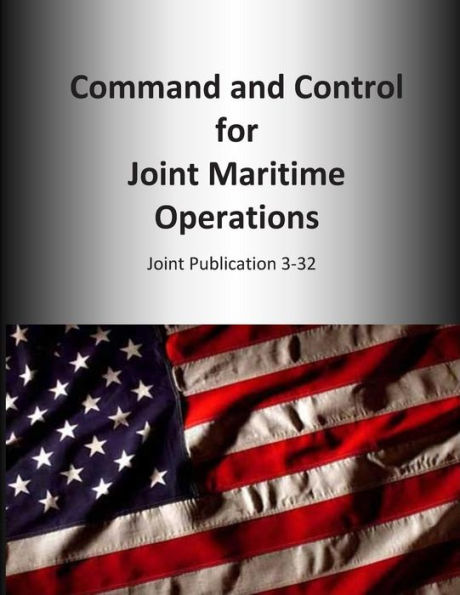
Command and Control for Joint Maritime Operations: Joint Publication 3-32
Current price: $14.95
Loading Inventory...
Size: OS
Maritime power, in the broadest sense, is military,diplomatic, and economic power or influence exerted through the ability to use the sea. The joint force commander (JFC) employs maritime power to influence events on land either directly through maritime power projection (e.g., amphibious assault) or indirectly through control and dominance of the maritime domain.Joint maritime operations (JMO) tend to bedecentralized. The key tenets to command and control (C2) philosophy are the necessity of the subordinate commanders to execute operations independently but in accordance with a thorough understanding of the commander's intent, and command by negation or mission command.There are five core capabilities of US naval forces:forward presence, deterrence, sea control, maritime power projection, and maritime security. Additional naval capabilities include: foreign humanitarian assistance (FHA), strategic sealift, seabasing, and homeland security support.
